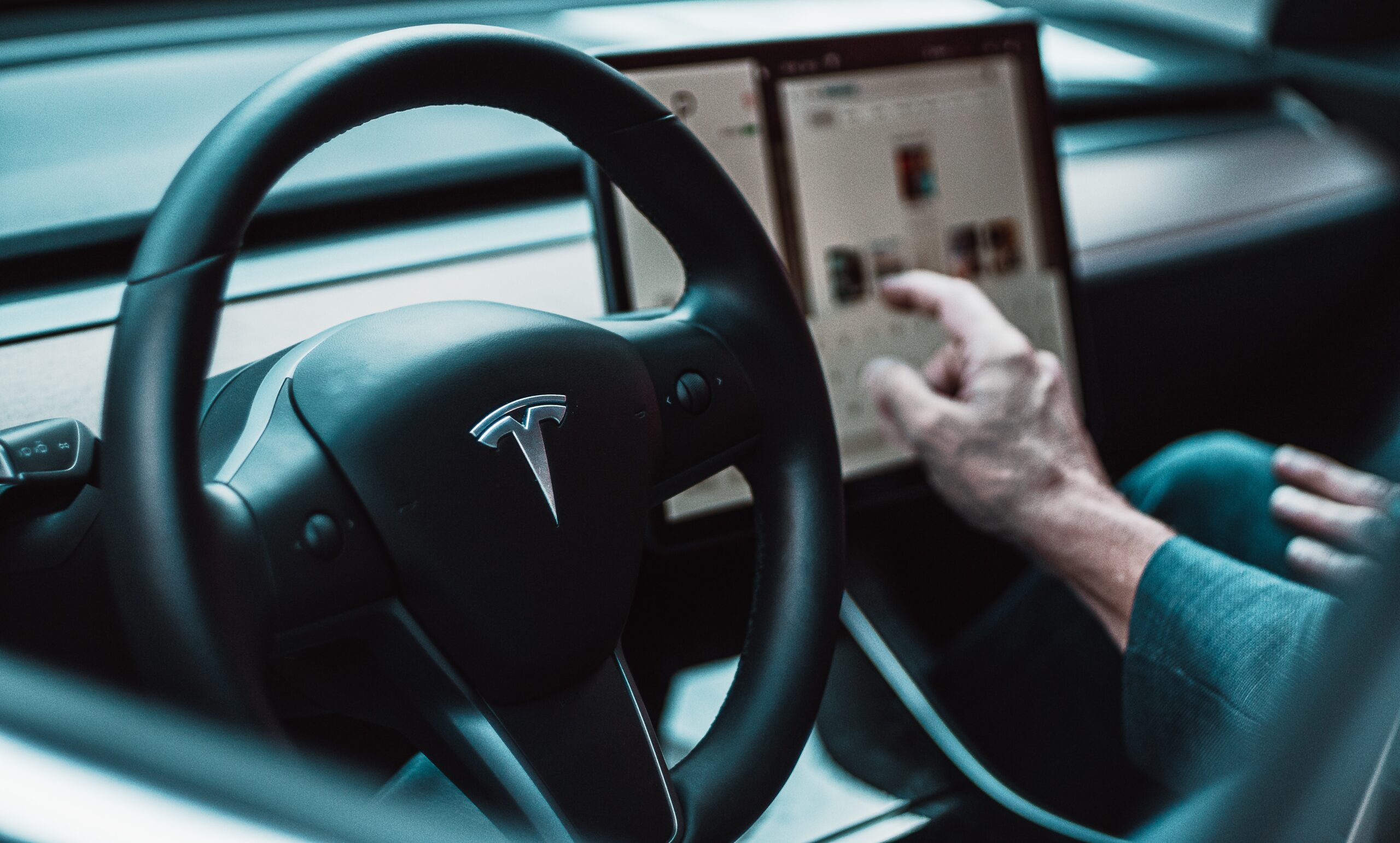Generally speaking my hospital doesn’t move at 80mph; isn’t prone to reflections causing problems with seeing the screen, and, the equipment in both hospitals and aircraft is built to much higher tolerances than those in your average Toyota or is so old, simple and reliable that it’s not an issue. Plenty of UK hospitals still using Windows.XP as do GP practices Similarly when software crashes in hospital it’s usually on testing/measuring kit which can be and is just rebooted. Let’s see you read this and still feel confident on an aircraft.
https://spectrum.ieee.org/how-the-boeing-737-max-disaster-looks-to-a-software-developer
The issue with cars of course is that if the software fails and the driver is in trouble then the front seat passenger is barely in a position to retrieve the situation. In an aircraft there are these people called co-pilots… albeit that certain companies, despite stories like the above, are determined that major airlines will start flying with only a pilot.
Maybe sit in some of these cars? The UI is often brilliant. It’s really not an issue or
the issue. The issue is reliability and redundancy. In a streaming system you will have a backup set up for your NAS. In a plane most critical stayers are run by pilots and monitored by software. Yes stuff can be automated at non-critical moments but there is redundancy in having a non-automated pilot and co-pilot and frequently having other crew on board who can also fly if required. In a car? If your software screws you over there is nothing to fall back on bar an airbag if you’re lucky.
Some examples? Of course. Friend had a TVR. She was driving on the motorway when the doors locked her in; the windows shut and the software controlled engine shut down at 80mph and then refused to let the brake function cos… no power. No UI improvements to be made there. Another friend locked their car into cruise control. Car refused to “cruise” until it had accelerated of its own volition… to 90mph. Literally had to take a chance and take it off the motorway into a field and through some fences before the software ceased its attempt to kill him.


